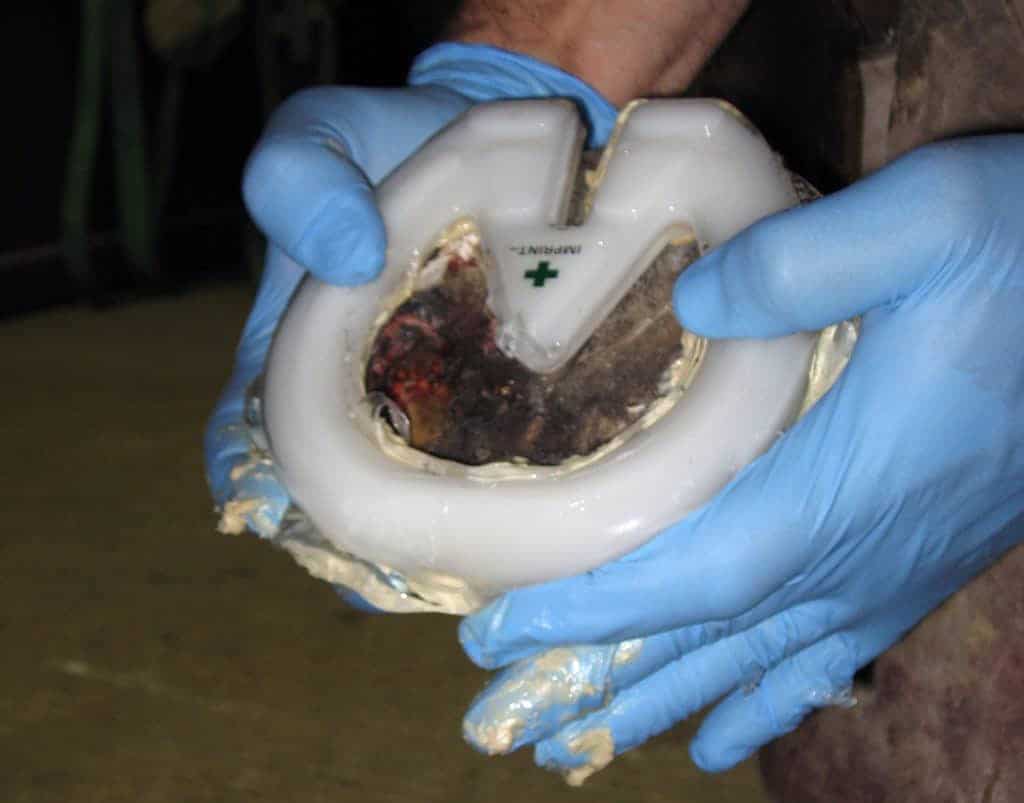
How the Horse in Motion Relates to Trimming and Shoeing
Find out why understanding hoof biomechanics is important when making trimming and shoeing decisions for your horse.

Find out why understanding hoof biomechanics is important when making trimming and shoeing decisions for your horse.

Learn about the intricacies of treating and shoeing horses with white line disease.

Farriers manage and provide protection for horse hooves. Here’s a look at how they help maintain horses’ health.

A new rule prohibits the use of action devices, pads, and wedges, except for those used for therapeutic purposes.

A farrier explains what a “normal” horse hoof is supposed to look like and how it affects shoeing.

Lectures will cover hoof anatomy and physiology, the basics of trimming, determining when shoes are necessary, and more.

British and Brazilian farriers are working around the clock to keep the equine athletes well-shod in Rio de Janiero.

Horses fitted with hoof boots had longer hoof contact time with the ground than barefoot horses, researchers found.
Paul Goodness, CJF, and his team will provide full-time services at the Marion duPont Scott Equine Medical Center.

Is there a point you’d recommend going back to basics with a horse that’s been in therapeutic shoes for several years?

The BHA adopted a urinary cobalt threshold of 0.01 micrograms and mandated full sets of shoes for flat turf races.

The University of Tennessee’s Dr. Jim Schumacher overviews navicular syndrome’s risk factors, treatments, and more.

Don’t put your horse at risk for developing problems such as thrush and abscesses. Here’s how to prevent these issues.

The majority of the respondents said their horses will go without shoes this winter.
Do you have any suggestions for speeding the time it takes for proximal splints (in the forelimbs) to resolve?

Learn about common foot pathologies and corrective-shoeing options, from bar shoes to wooden clogs.
Stay on top of the most recent Horse Health news with
"*" indicates required fields